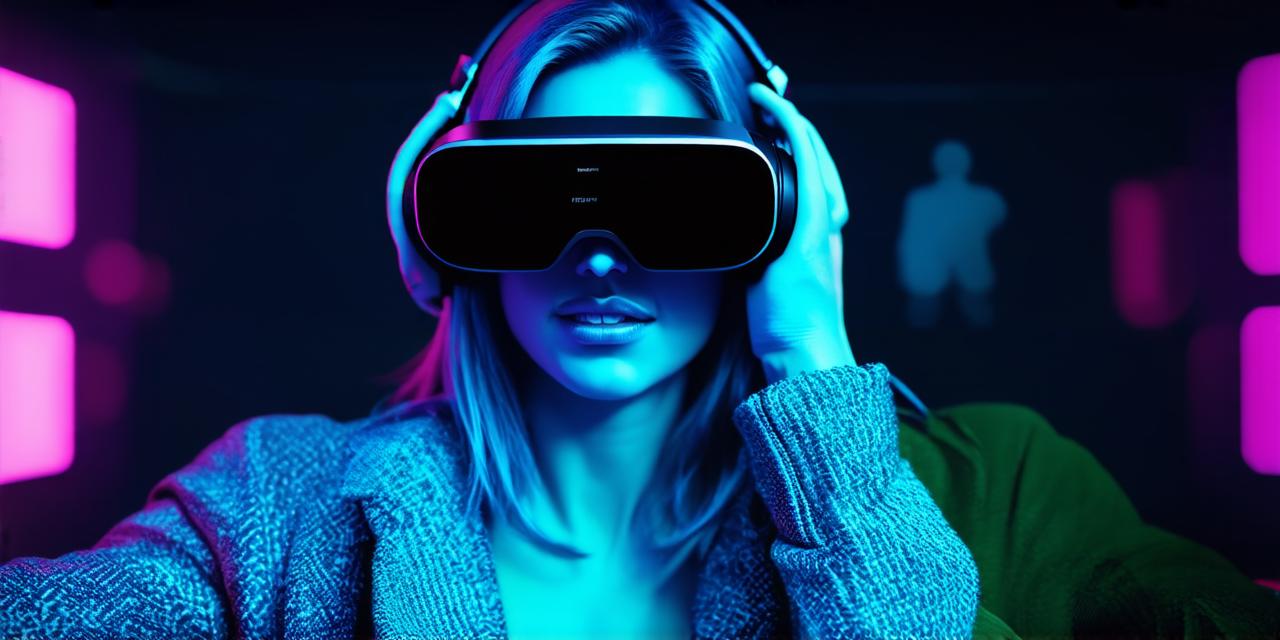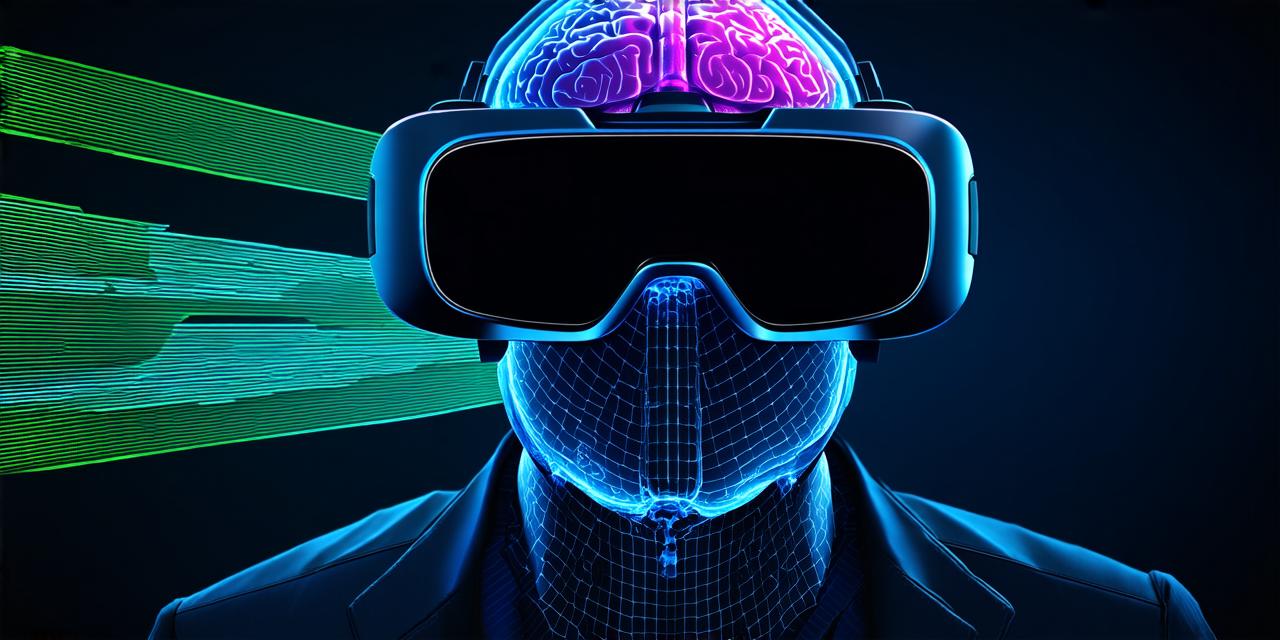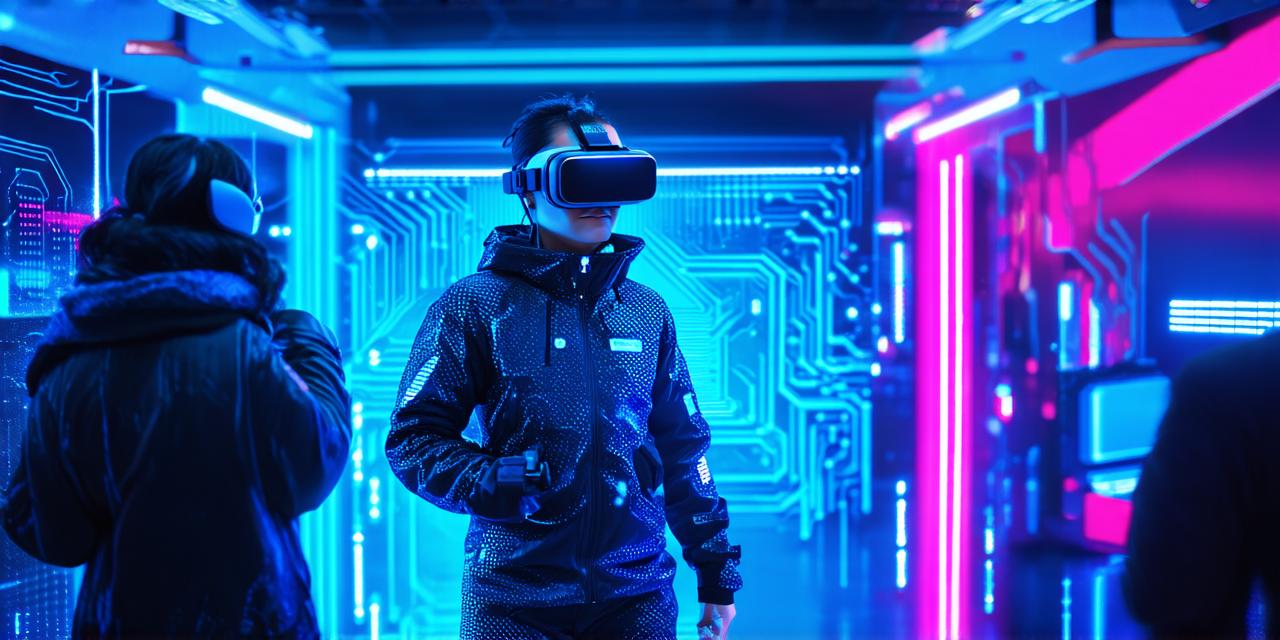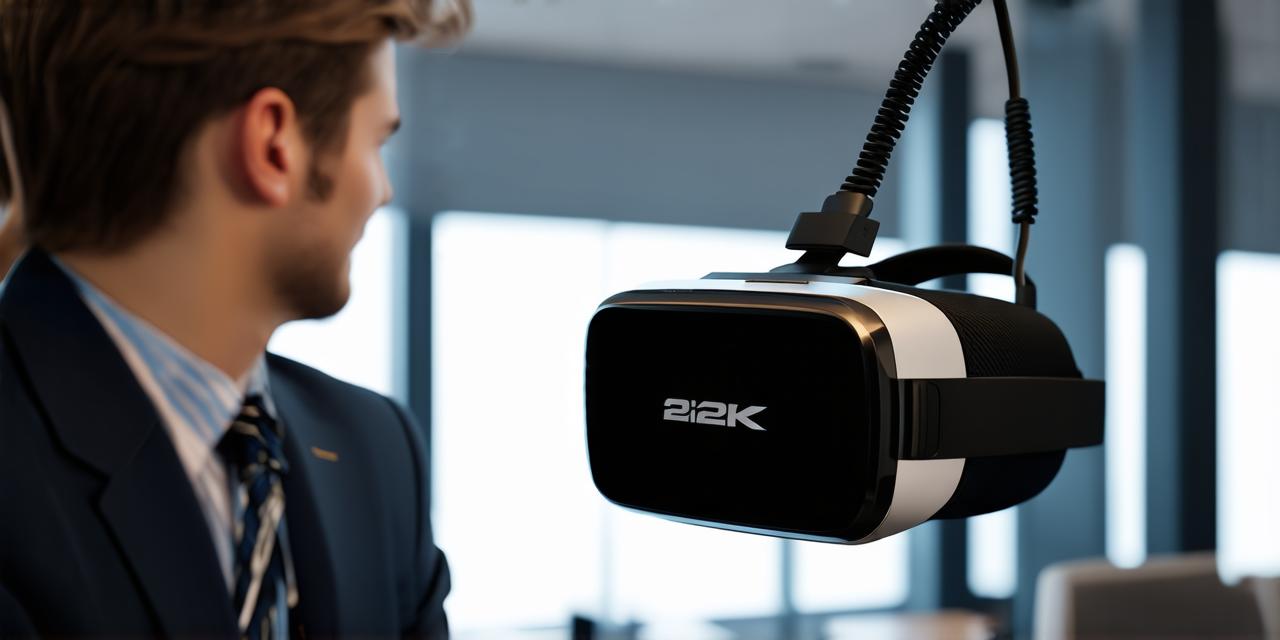Virtual reality (VR) systems have become increasingly popular in recent years, with applications ranging from gaming to healthcare and beyond. However, as with any new technology, there are several issues and challenges associated with VR systems that need to be addressed. In this article, we will explore some of the most pressing problems associated with VR systems.
One of the significant barriers to the widespread adoption of VR systems is their high cost. High-end VR hardware and software can be quite expensive, which limits accessibility to a broader audience. Moreover, not everyone has the necessary technical skills or infrastructure to set up a VR system at home or in the workplace.
This cost and accessibility issue can limit the potential of VR technology, as only those with sufficient resources can fully benefit from its capabilities.
Motion sickness is another common issue among VR users, especially those who are sensitive to sudden movements. It can cause nausea, dizziness, and headaches, leading to an unpleasant experience. Researchers are still trying to find ways to reduce motion sickness in VR systems, but it remains a significant challenge.
Improving the user’s sense of balance and spatial awareness could help mitigate this issue.
Designing intuitive user interfaces for VR systems is another challenge that developers face. The immersive nature of VR can be disorienting, and users may struggle to navigate through menus or interact with objects in the virtual environment.
Developers need to find ways to make user interactions more seamless and natural. This could involve using hand gestures, voice commands, or other intuitive input methods.
The limited field of view (FOV) is another issue that affects VR systems. The user’s peripheral vision is restricted, which can lead to a feeling of disorientation or claustrophobia in some cases.
Developers are working on improving the FOV by using advanced display technologies and software optimizations. A wider field of view could provide users with a more immersive experience and reduce feelings of discomfort.
Cybersecurity is a significant concern as VR systems become more widespread. The immersive technology can be vulnerable to hacking and other forms of cyber attacks, which could compromise sensitive data or even lead to physical harm.
Developers need to ensure that their VR systems are secure and protected against cyber threats. This could involve using encryption, firewalls, and other security measures to protect user data and prevent unauthorized access.
Comfort and ergonomics are critical factors that affect the overall user experience of VR systems. Users may experience discomfort or strain due to prolonged use, which could lead to physical injuries or long-term health problems.
Developers need to ensure that their VR systems are designed with comfort and ergonomics in mind. This could involve using comfortable headsets, adjustable chairs or stools, and other features that promote good posture and reduce strain on the body.
Standardization is another issue that affects VR systems. There are currently multiple platforms and software formats, which makes it challenging for developers to create content that works across different devices and operating systems.
Standardization would make it easier for users to access a wide range of VR content and applications. This could involve developing universal standards for VR hardware and software, as well as promoting cross-platform compatibility.
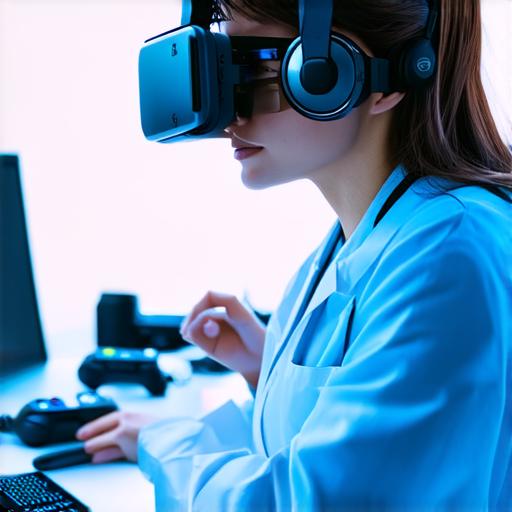
Finally, there are several ethical considerations that need to be addressed when developing VR systems. For example, there are concerns about the potential impact of VR on mental health, privacy, and human interaction.
Developers need to ensure that their VR systems are designed with ethical considerations in mind. This could involve consulting with experts in these fields, conducting user testing to assess the impact of VR on different populations, and implementing safeguards to protect users’ privacy and well-being.
In conclusion, virtual reality systems have come a long way since their inception, but several issues and challenges remain. Cost, motion sickness, user interaction, limited field of view, cybersecurity, comfort and ergonomics, standardization, and ethical considerations are all significant factors that need to be addressed. By working together to overcome these challenges, we can ensure that VR technology continues to evolve and meet the needs of users across a wide range of industries.
